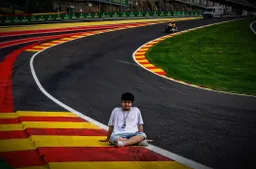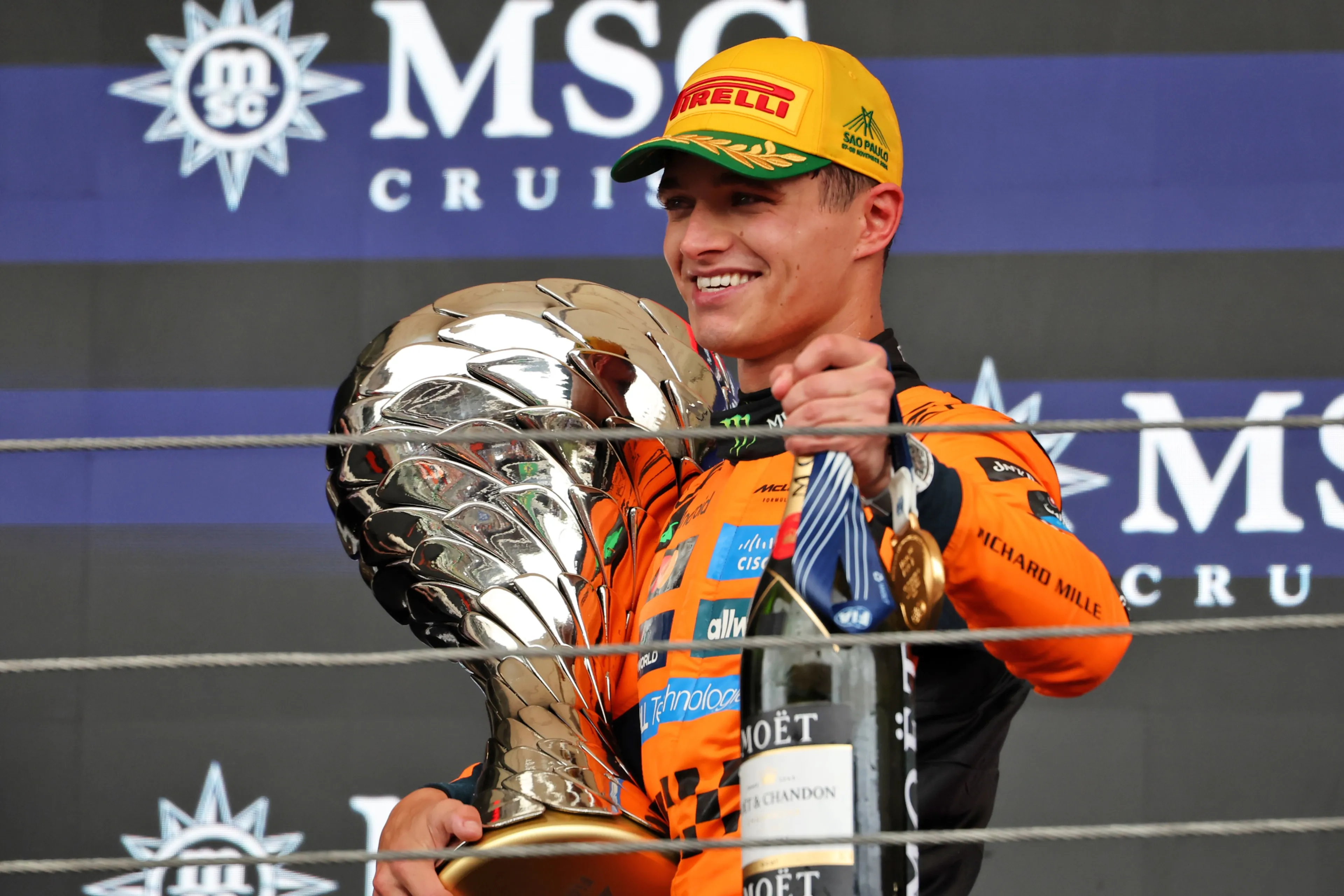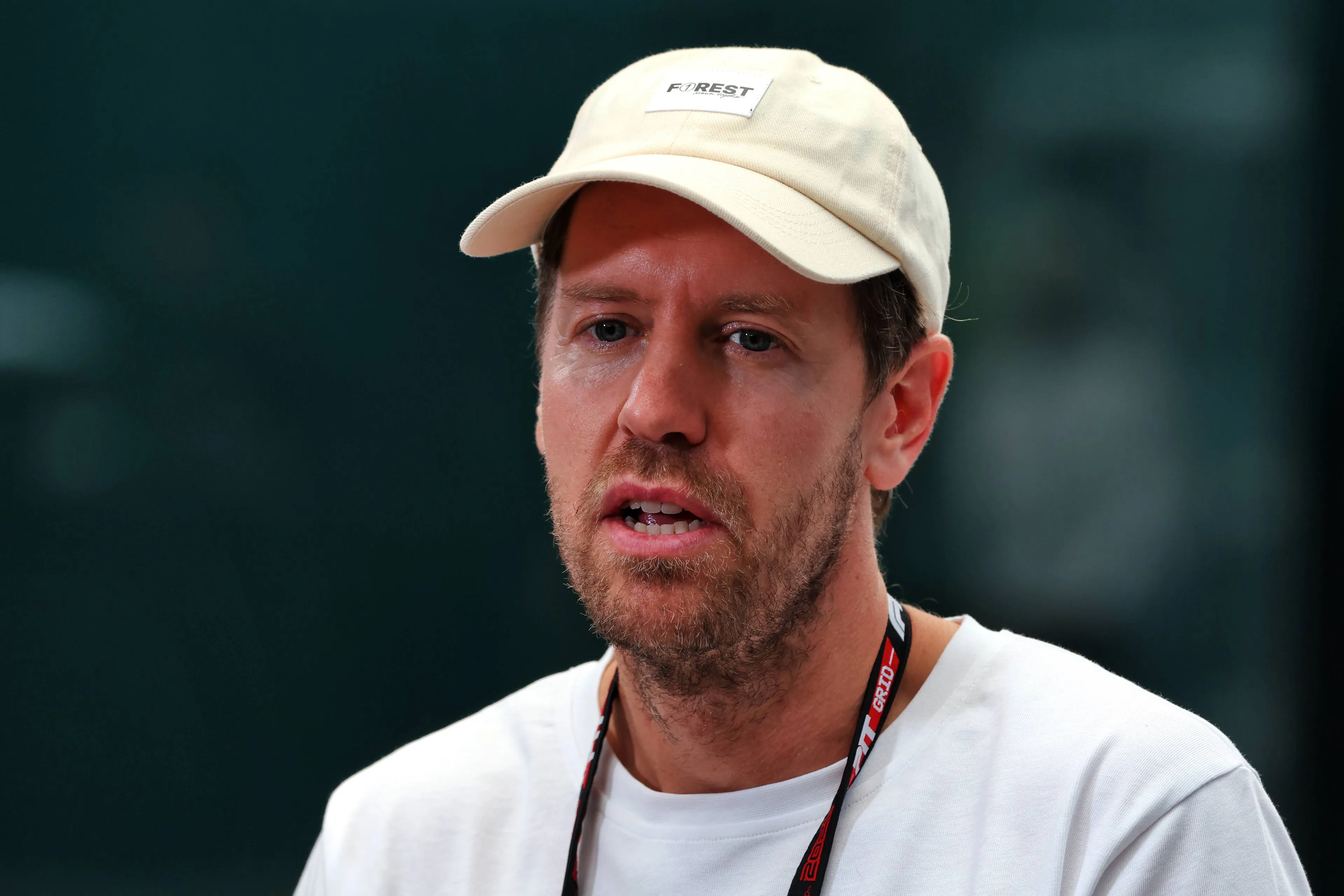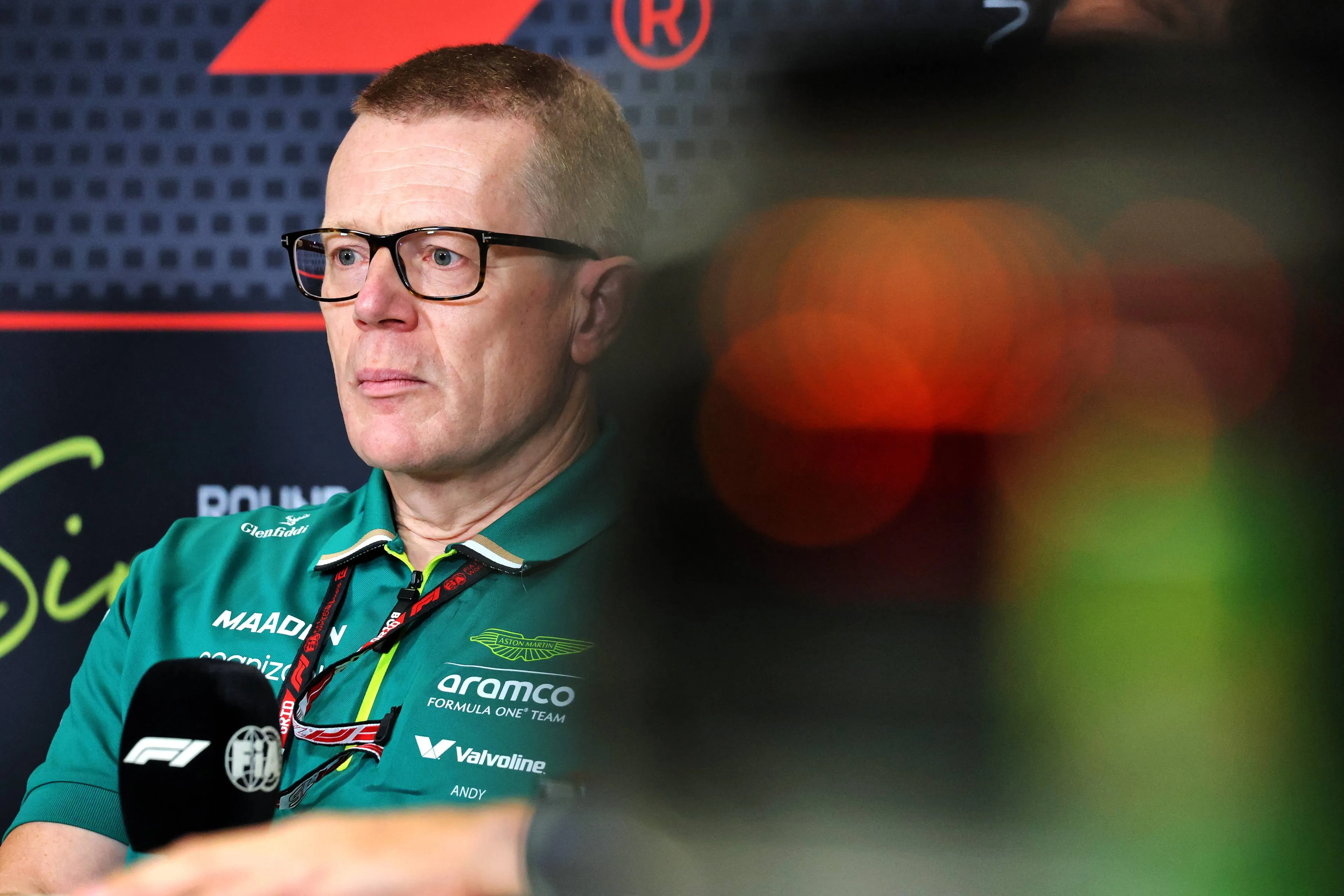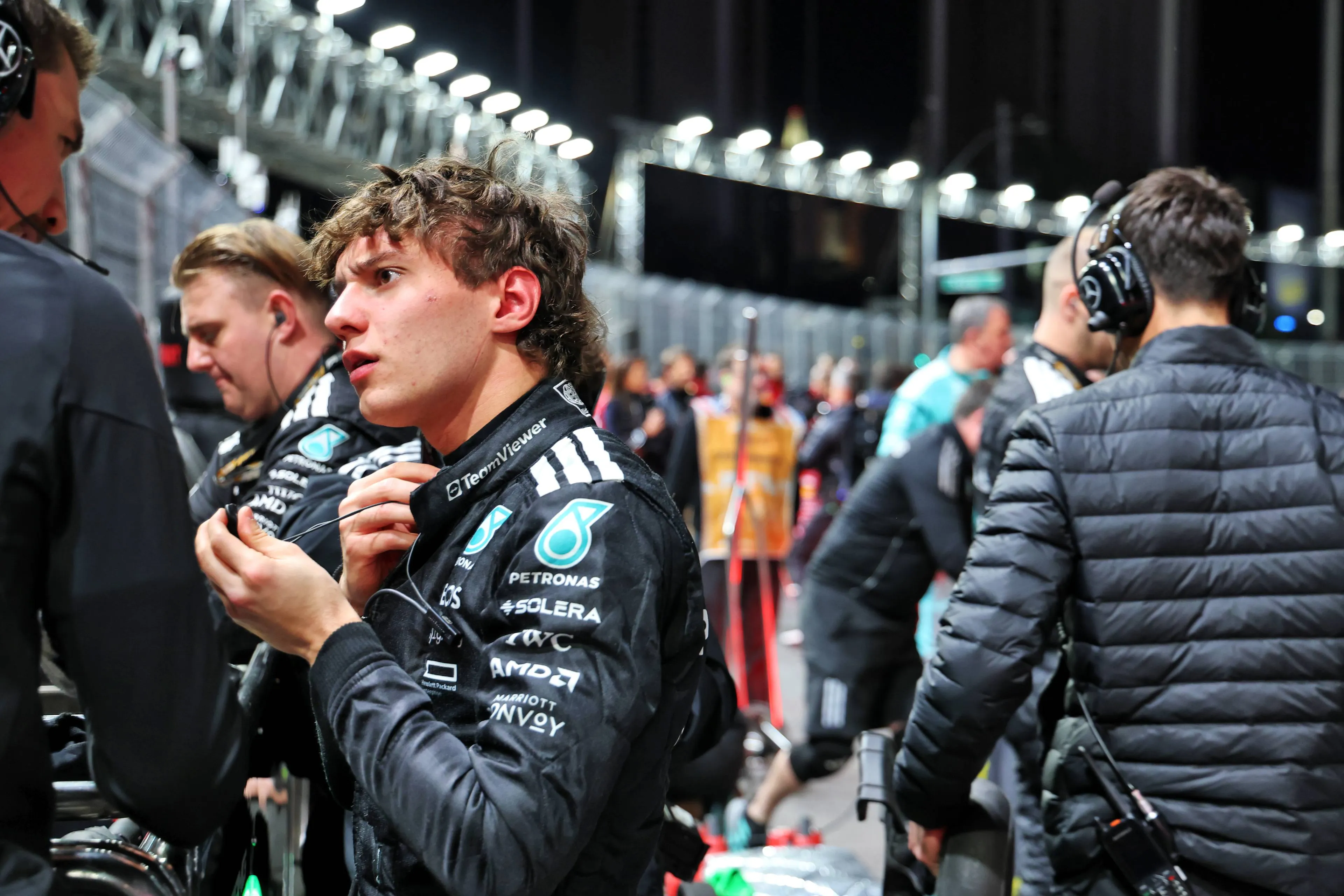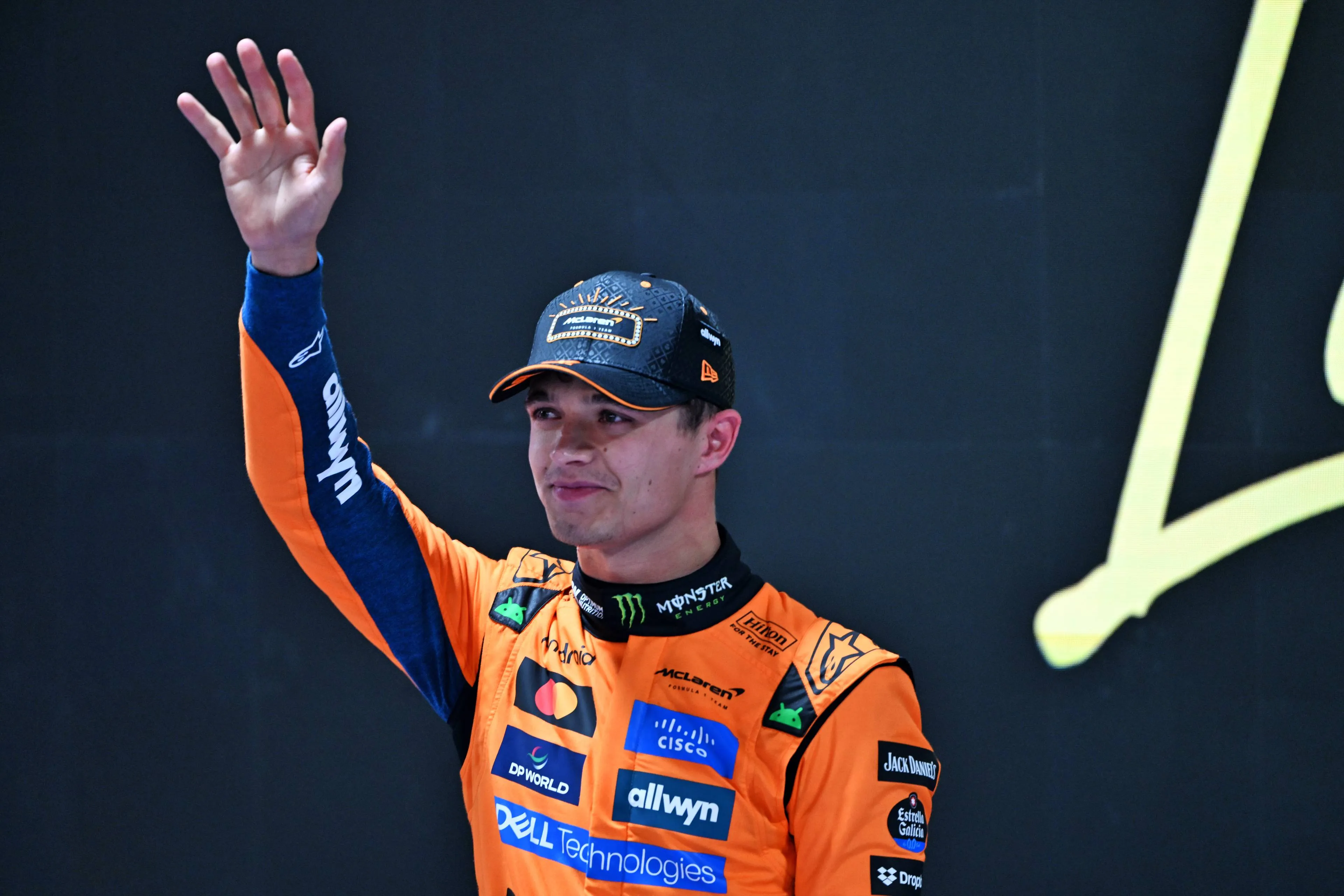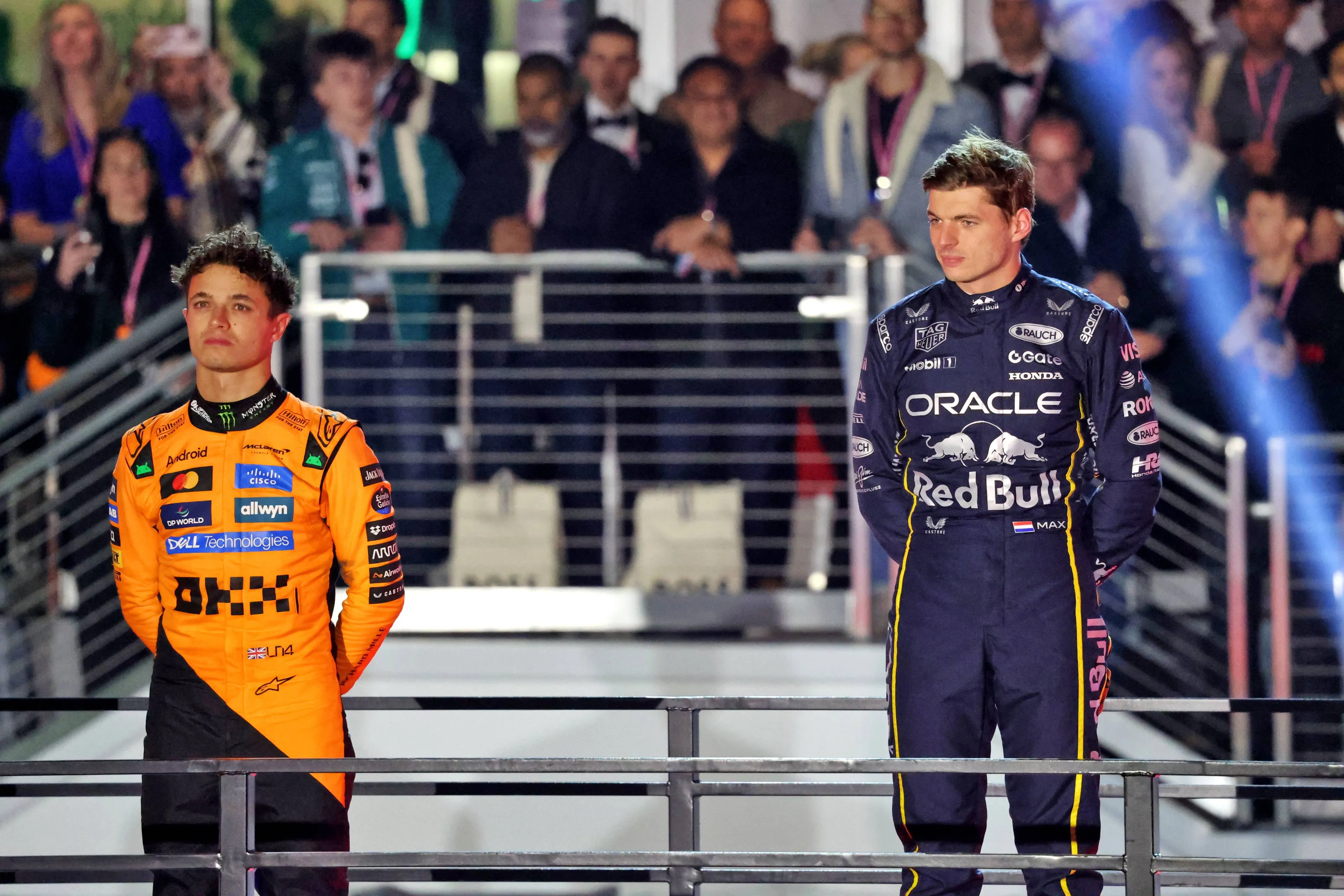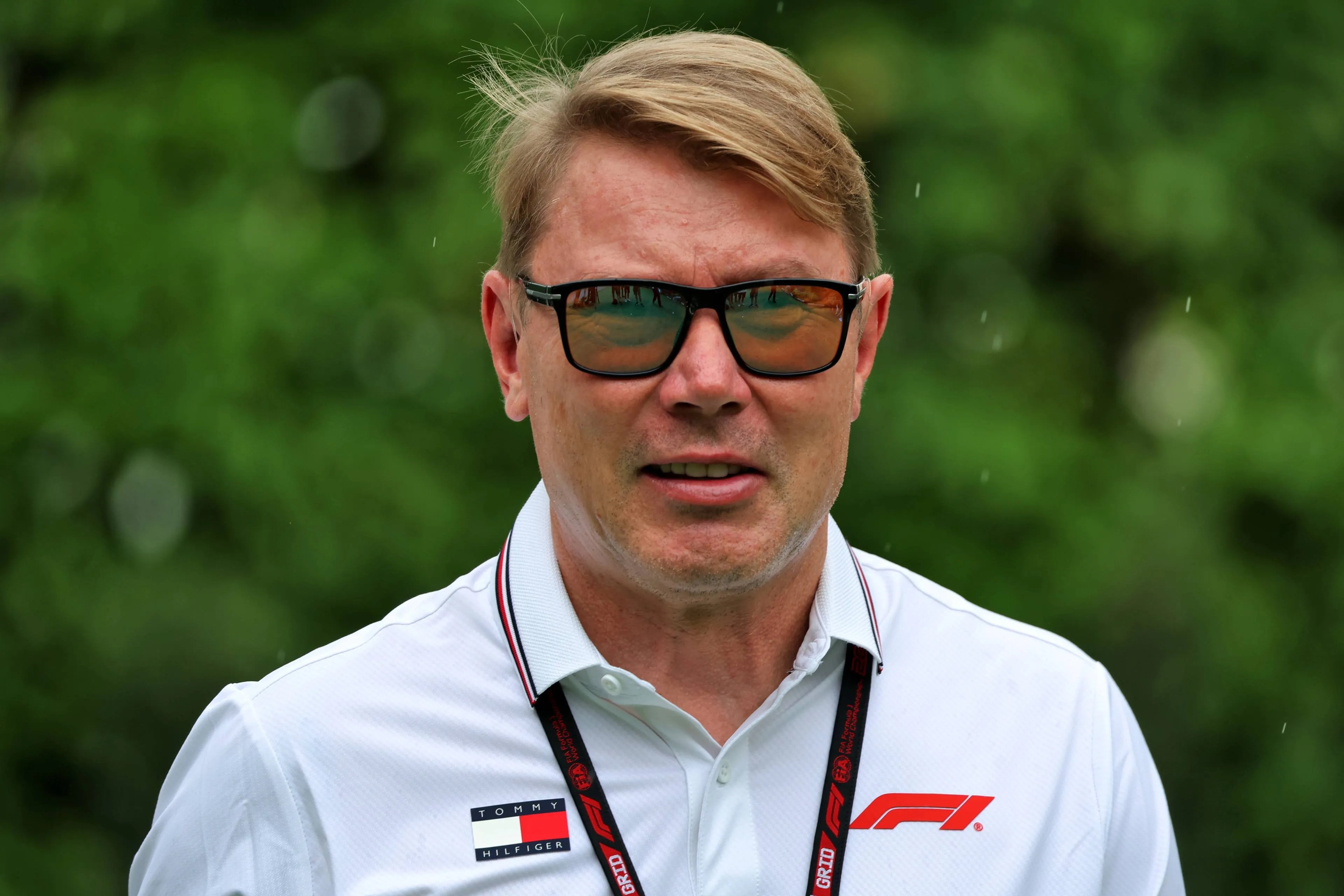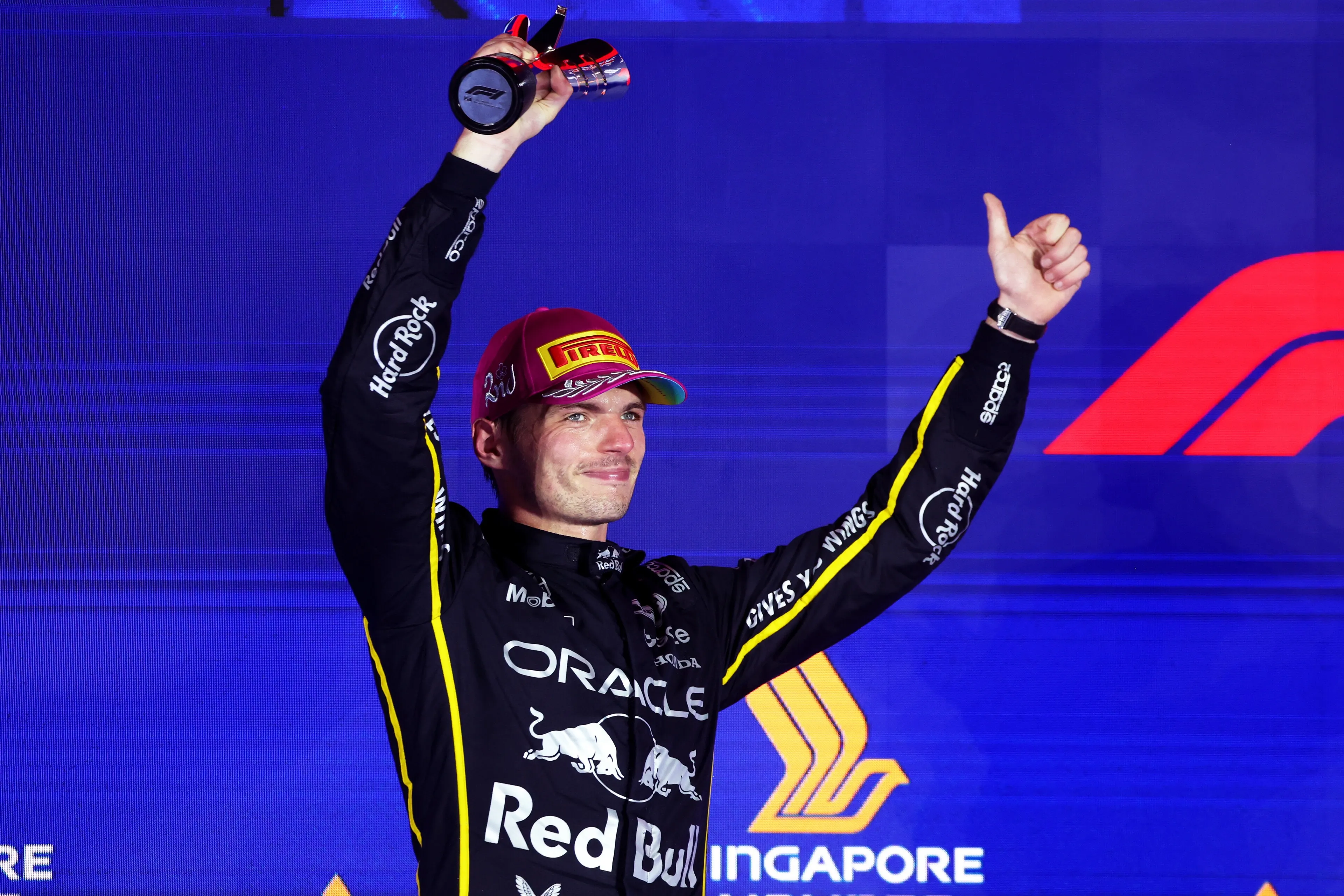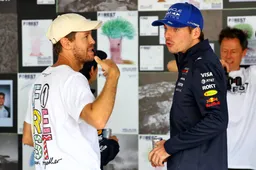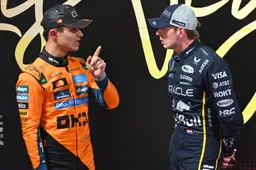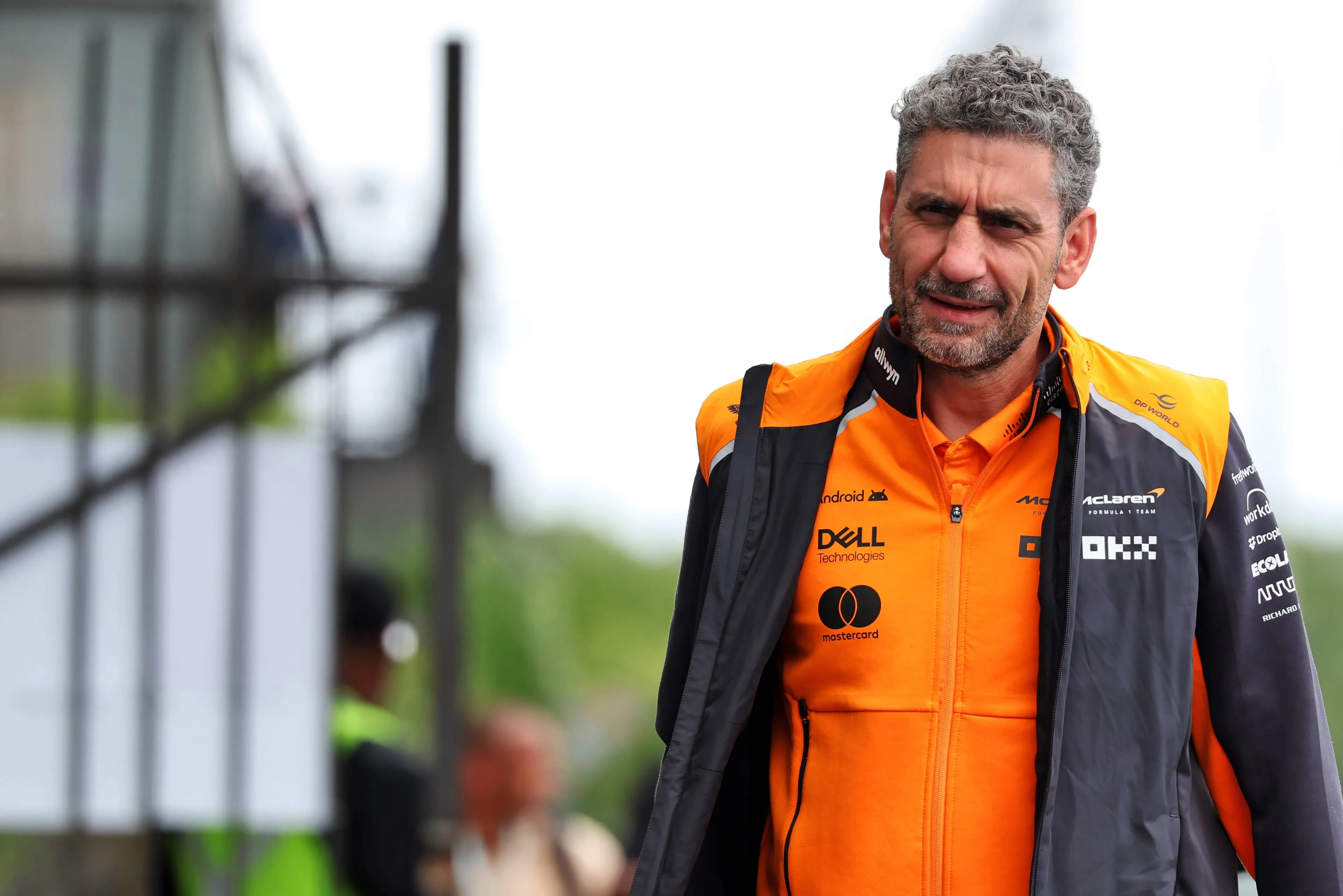
Photo: Race Pictures
McLaren provide further details over costly Las Vegas GP double DSQ
08:31, 27 Nov
Updated: 08:53, 27 Nov
2 Comments
McLaren has sought to provide further clarity on what led to the double disqualification of Lando Norris and Oscar Piastri at the Las Vegas GP.
“The specific cause that led to the situation was the unexpected occurrence of extensive porpoising, inducing large vertical oscillations of the car”- Andrea Stella
The British team, through team principal Andrea Stella, emphasized that the excessive porpoising encountered during the race caused the skid block to scrape the track too often and too aggressively, ultimately leading to the inevitable disqualification due to exceeding the maximum allowed wear of 9 mm.
“The specific cause that led to the situation was the unexpected occurrence of extensive porpoising, inducing large vertical oscillations of the car,” Stella said.
“The level of porpoising was exacerbated by the conditions in which the car operated during the race, and it was not anticipated based on what we had seen in practice and based on the predictions of the car operating window in the race.”
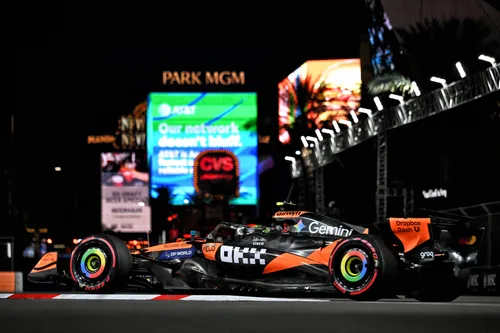
Lando Norris in Las Vegas - Photo: RacePictures
Stella stated that he was taken aback by what happened, as he was confident the team had not taken excessive risks with the ride height, but that the “unexpected onset of the large vertical oscillations” proved to be fatal.
“Based on the data we had acquired in practice, we do not believe we took excessive risks in terms of ride height and we also added a safety margin for qualifying and the race, compared to practice, in terms of clearance to the ground. However, the safety margin was negated by the unexpected onset of the large vertical oscillations, which caused the car to touch the ground.
The Italian also added that even the extensive lift-and-coast instructions given to Norris in the closing stages of the race weren’t enough to mitigate the issue and, at times, actually proved counterproductive.
“The porpoising condition that the car developed in the race was also a difficult one to mitigate, as even a reduction in speed – an action that, in theory, should increase clearance to the ground – was only effective in some parts of the track but in others was actually counterproductive.”
Read also
Is McLaren worried of Verstappen's charge now?
When asked whether anything would change in managing the two drivers now that Max Verstappen has clawed back into contention—thanks in part to the McLaren disqualifications—Stella reiterated that the team’s approach will remain the same until the end of the season.
“No, there is no reason to do so. We have always said that as long as the maths does not say otherwise, we would leave it up to the two drivers to fight for their chance at the final victory, and that is how it will be in Qatar.
“Let’s not forget that if someone had told us at the start of the season that we would find ourselves in this situation with two races to go, we would have signed up for it! Now we are going to fight for the double world championship with confidence and awareness of our strength.”
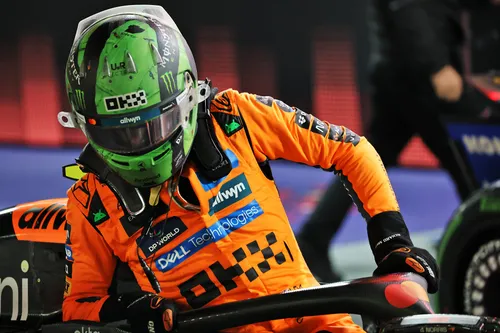
Photo: RacePictures.
McLaren’s double DSQ at the Las Vegas GP explained
At first, excessive skid block wear was linked to a rumor that emerged after the Brazilian GP, claiming that some unnamed teams had fitted titanium skid blocks to bypass plank wear. These blocks were supposedly intended to allow the car to run as close to the asphalt as possible via thermal expansion, without wearing down too quickly.
However, that theory quickly fell apart. The real issues originated during the Las Vegas weekend itself, particularly in the practice sessions, where the conditions and setup quietly set the stage for McLaren’s eventual disqualification.
Read also
GPblog's latest F1 Paddock Update
Want to stay up-to-date with what happens in the F1 paddock? Then GPblog's F1 Paddock Update video is the perfect way to do it. Subscribe to GPblog's YouTube channel and turn on notifications to never miss the latest episodes.
Read also
Read more about:
Rumors
Popular on GPBlog
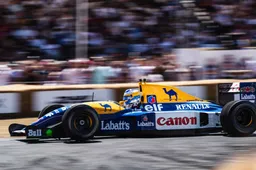
1
F1 team principal to make a stunning return to racing
8444 times read

2
Toto Wolff picks his most underrated Formula 1 driver on the grid
5412 times read
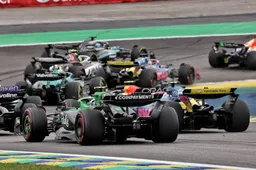
3
Severe penalty looms for Formule One drivers if they ignore Qatar’s new rule
2623 times read

4
Verstappen on the verge of matching famous Senna record in Qatar
2574 times read
Loading
